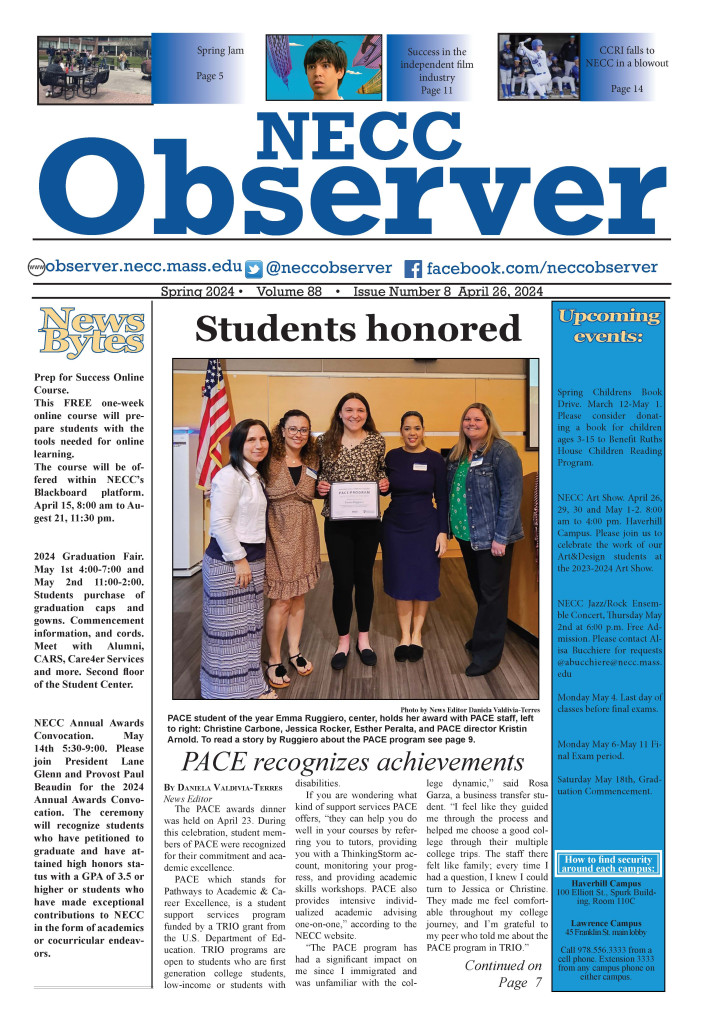Most people think the cause of air disasters is plane malfunction. In most cases it’s actually human error, not only the pilots’, but the people inside the towers.
Even small errors can cause catastrophic consequences.
One of the most known cases of a plane collision involving human error is the Tenerife airport disaster that left 583 dead. The crash involved KLM Flight 4805 and Pan Am Flight 1736.
On March 27, 1977, the runway was filled with fog and the pilots had a hard time seeing so many flights were delayed or cancelled.
The flights that were able to continue on track had the extra eyes of the air traffic control.
On the day of the crash the weather wasn’t exactly “flying weather.” It was extremely foggy on the runway, so most flights were cancelled until the fog subsided. With the help of Air Traffic Controllers (ATCS) directing planes were to go flights were continued as planned.
Due to the intense fog and several misunderstandings of communication the ATCS gave KLM flight 4805 the ok to take off not realizing that Pan Am flight 1736 was still on the runway.
Due to the fact when the ATCS and Pan Am flight 1736 try to both contact each other at the same time the connection was lost and neither received the message, so Pan Am 1736 flight was still on the runway not knowing that KLM flight 4805 was heading right toward them.
With no time to move both, planes collided with each other resulting in 583 fatalities according to the Tenerife Information Centre.
Now this crash happened on the ground, the planes were not even in the air. The crash didn’t involve the planes’ materials; it was the fault of human error involving both the pilots and the air traffic control.
In this situation the crash didn’t involve plane malfunction but human error.
The Tenerife incident changed the way flying schools teach their lessons. If you went to get your air license 20 years ago at time before Tenerife happened, the section regarding human factors and decision-making wouldn’t be listed.
The incident scared many pilots and changed the aviation world forever. Due to the crash it is now mandatory that human factors and pilot decision making, is a key component for recreational, private, and commercial ground training like Langley Flying School to abide by these rules.
The captain of KLM flight 4805, who had 30 years of experience, was in a hurry, and wanted to get the flight started. He knew the conditions on that day regarding the weather that flights weren’t going to run as smoothly as pilots wanted them to.
In seconds, 583 people were perished to death.
Thirty-two years later after the Tenerife incident, another plane crash caused by human error claimed 228 lives.
This crash was years after the Tenerife incident, since then pilots have been trained much more now than in 1977. Once again, minor errors caused by the pilots’ result in tragedy.
In 2009 an Air France flight 447 leaving from Rio de Janeiro to Paris crashed into the Atlantic plummeting 38,000 ft. in three minutes and 30 seconds killing all 228 passengers according to CNN news reports.
Questions arise on how the plane could just fall out of the sky having such experienced pilots in the cockpit.
Minutes leading up to the crash, pilots got conflicting air speeds. The aircraft climbed 38 thousand feet when the stall warning was triggered and the plane stalled.
The pilots should have responded to the stall by pulling the nose of the plane up instead of down to recover.
When pushing down on the nose the plane will gain air speed, but pulling the nose up will create an aerodynamic stall. This is what made the plane plummet 38 thousand feet midair.
The crash is one of the most deadly Air France has had to endure.
It took nearly two years for divers to find the black boxes, which held the voices of the pilots seconds leading up to the crash. Knowing this information, the pilots should have been ready, and known how, to act if something went wrong.
All pilots know to pull the nose down not up when it comes to plane turbulence or stalling out. No one knows what was going through the minds of the pilots except for the pilots themselves.
If it weren’t for miscommunication and human error Air France flight 447 wouldn’t be 4,000 meters at the bottom of the Atlantic.
The risk of plane collisions runs through the minds every time someone steps into a plain. You only hope that everything goes as planned, but when something does goes wrong you hope the pilots and aviation control know how to handle the problem.
When air incidents happen, what first pops into many minds is that something was wrong with the plane or it had a malfunction.
But in the cases shown, human error and decision making play a key role in the probable cause.

